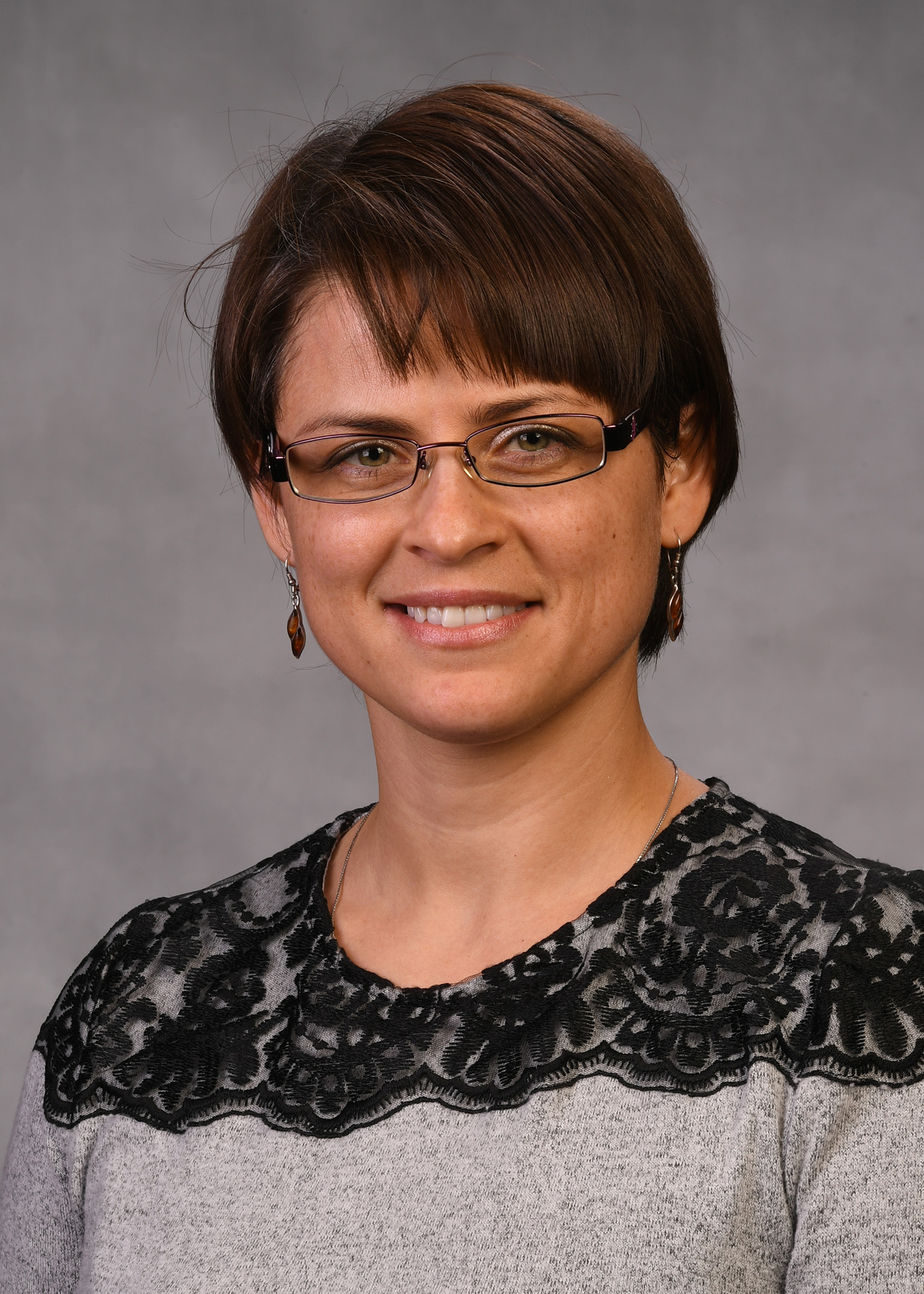
February 28, 2022
Email office@phys.ksu.edu for the Zoom address
Arrays of quantum dots (QDs) are one of the many candidate systems to realize qubits--the fundamental building blocks of quantum computers--and provide a platform for quantum computing [1]. However, the current practice of manually tuning QDs is a relatively time-consuming procedure, inherently impractical for scaling up and other applications. Recently, we have proposed an auto-tuning paradigm that combines a machine learning (ML) algorithm with optimization routines to assist experimental efforts in tuning semiconductor QD devices [2,3]. Our approach provides a paradigm for fully-automated experimental initialization through a closed-loop system that does not rely on human intuition and experience.
To address the issue of tuning arrays in higher dimensions, we expand upon our prior work and propose a novel approach in which we "fingerprint" the state space instead of working with full-sized 2D scans of the gate voltage space. Using 1D traces ("rays") measured ("shone") in multiple directions, we train an ML algorithm to recognize the relative position of the features characterizing each state (i.e., to "fingerprint") in order to differentiate between various state configurations. I will report the performance of the ray-based learning when used off-line on experimental scans of a double dot device and compare it with our existing, CNN-based approach [4]. I will also discuss how it extends to higher-dimensional systems. Using rays not only allows us to automate the recognition of states but also to significantly reduce (e.g., by 70 % for the two-dots case) the number of measured points required for tuning.
[1] D. Loss and D. P. DiVincenzo. Phys. Rev. A, 57: 120–126, 1998.
[2] S. S. Kalantre, J. P. Zwolak, S. Ragole, X. Wu, N. M. Zimmerman, M. D. Stewart, Jr., J. M. Taylor. Machine learning techniques for state recognition and auto-tuning in quantum dots. npj Quantum Inf. 5 (6): 1–10 (2019).
[3] J. P. Zwolak, T. McJunkin, S. S. Kalantre, J. P. Dodson, E. R. MacQuarrie, D. E. Savage, M. G. Lagally, S. N. Coppersmith, M. A. Eriksson, J. M. Taylor. Autotuning of Double-Dot Devices In Situ with Machine Learning. Phys. Rev. Applied 13, 034075 (2020).
[4] J. P. Zwolak, T. McJunkin, S. S. Kalantre, S. F. Neyens, E. R. MacQuarrie, M. A. Eriksson, and J. M. Taylor. Ray-Based Framework for State Identification in Quantum Dot Devices. PRX Quantum 2, 020335 (2021).
